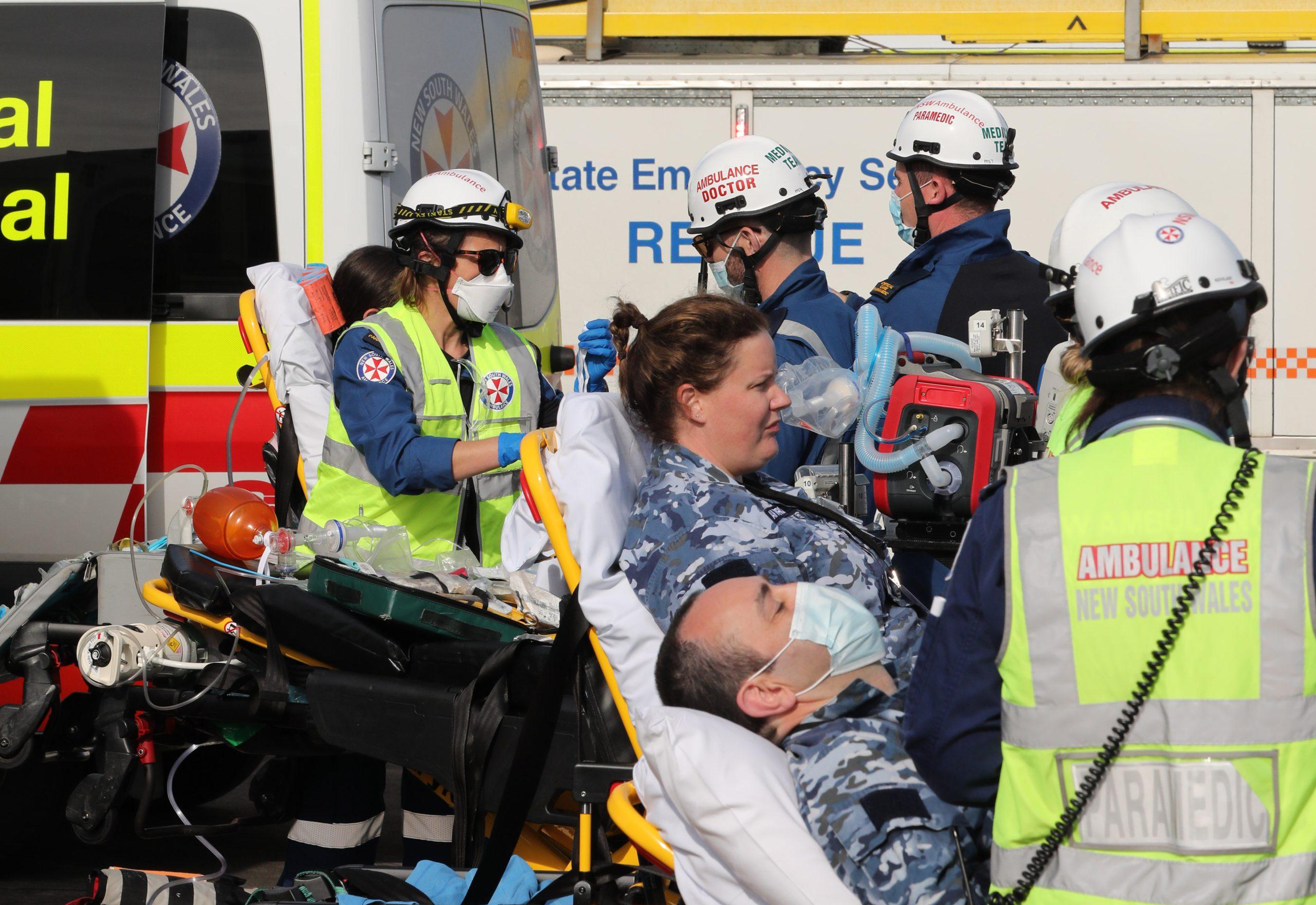Whole-of-nation readiness demands whole-of-nation exercises
Posted By Eric Lies and Jeremy Stredwick on July 24, 2024 @ 10:03

Australia must develop robust, interdepartmental and whole–of–nation exercises based on potential conflict scenarios or it risks discovering when lives are at stake that it’s ill–prepared.
The Covid-19 pandemic and increasingly destructive natural disasters have demonstrated repeatedly that what may start as a localised issue can rapidly become a national emergency. Poor organisational readiness and inadequate coordination across the government can amplify the damage.
The strains in responding [1] to natural phenomena show just how pressing it is that the Australian Government identifies and trains for conflict scenarios in which the enemy not only has a say but wishes to actively do harm. Running such exercises will improve whole-of-nation coordination and response, demonstrate resilience and strategic capacity and serve a vital educational role for the civilian populace.
The National Defence Strategy said that ‘the concept of National Defence [is] a coordinated, whole-of-government and whole-of-nation approach that harnesses all arms of national power …’
Shifting away from stovepiped thinking on security is long overdue, but rhetoric must be matched by action. Given the increasingly interconnected nature of war and conflict, it’s impossible for the Defence Department to adequately respond to large-scale conflict without support from other government agencies and civil-society actors.
Developing and running interagency exercises based on potential conflict scenarios, such as mass casualties following a naval engagement, will identify weaknesses, pressure-test current planning, and give the government the opportunity to rectify problems. Exercises should involve the public, local communities and non-government organisations in simulating a conflict as close to reality as possible.
When directing exercises for sailors, one of the present authors often found that one of the biggest stumbling blocks would be knowing whom to contact for needed support, even within the defence organisation. In the case of an emergency, ironing out such wrinkles as who is the point of contact for local mass-casualty support now is vital to seamless responses in the event of a kinetic conflict.
New, more robust best practices will emerge from the process, which would be tested in follow-on exercises, generating a virtuous cycle and sharing the preplanned responses as widely as possible.
Covid-19 and the 2019 bushfires highlighted the interconnectedness of the Defence apparatus and the whole-of-government effort, but information-technology systems needed to enable whole-of-nation coordination were not fit for purpose. The ADF isn’t geared to operate in environments with minimum to no security classification. Even if all parties knew exactly whom to contact, there would be difficulties in getting the required information to all necessary recipients.
Successful deterrence requires [2] that a potential adversary believes you have both the capacity and the will to respond to its actions. These exercises would demonstrate that in a high-intensity conflict Australia has the capacity and the competence to continue effective operations while managing losses.
It’s not enough to show that the ADF can execute integrated and joint combat operations. The support functions spearheaded by society writ large must be demonstrated as well. Wider public engagement shows that it’s not just the roughly 58,600 uniformed members of the ADF who are in play but that Australian efforts truly are whole-of-government, as the National Defence Strategy advocates.
This show of support would prove that the ADF couldn’t be taken out in the first round and that it can provide a continued material impact on decision-making in the region during protracted fighting. If a potential adversary doesn’t think the Australian public can be split and forced to settle a conflict on disadvantageous terms, it will perceive a higher risk in taking kinetic action. The deterrent effect of the ADF is thus higher.
Even if the needs facing a democratic country are existential and immediate, a population that doesn’t understand the scope or speed of action required won’t give the government its support. The number of those actively serving or with direct relations to those who serve is rather low within Australia [3], so even larger exercises, such as Talisman Sabre [4] or command post exercises such as Vital Prospect, have minimal reverberations within the wider community and government. Running complex, whole-of-government exercises would serve as excellent educational opportunities for the general populace.
The involvement of numerous government agencies, such as the Department of Veterans’ Affairs, emergency service organisations, hospitals and the finance and critical infrastructure sectors, in these exercises would give a broader swathe of Australians first-hand knowledge of what’s required to adequately resource and run complex conflict responses. Exercises also give the government the opportunity to engage with citizens and explain why such readiness is necessary and to counter efforts at dividing the country with misinformation and disinformation.
No plan survives first contact, but the skills and institutional knowledge needed to adapt and overcome can and must be developed in peacetime. Designing and running whole-of-nation exercises will ensure that Australia is ready for whole-of-nation efforts in the event of a high-intensity conflict in our region.
Bringing non-traditional players into these exercises also gives the government the opportunity to educate the wider populace, creating vital buy-in for the tough strategic decision-making required to prepare for worst-case scenarios. A well-trained, prepared country has the capacity and latitude to withstand coercive policies and force adversaries considering violence to say, ‘not today.’ Complex, multiplayer drilling is integral to Australian security. Australia owes it to itself to build the strength needed for tomorrow today.
Article printed from The Strategist: https://aspistrategist.ru
URL to article: /whole-of-national-readiness-demands-whole-of-nation-exercises/
URLs in this post:
[1] strains in responding: https://www.theguardian.com/australia-news/2023/jun/13/unsustainable-for-adf-to-help-with-natural-disasters-and-defend-australia-inquiry-told
[2] deterrence requires: https://www.rand.org/content/dam/rand/pubs/perspectives/PE200/PE295/RAND_PE295.pdf
[3] low within Australia: https://www.abs.gov.au/articles/australian-defence-force-service
[4] Talisman Sabre: https://www.defence.gov.au/news-events/news/2023-08-08/talisman-sabre-wraps
Click here to print.